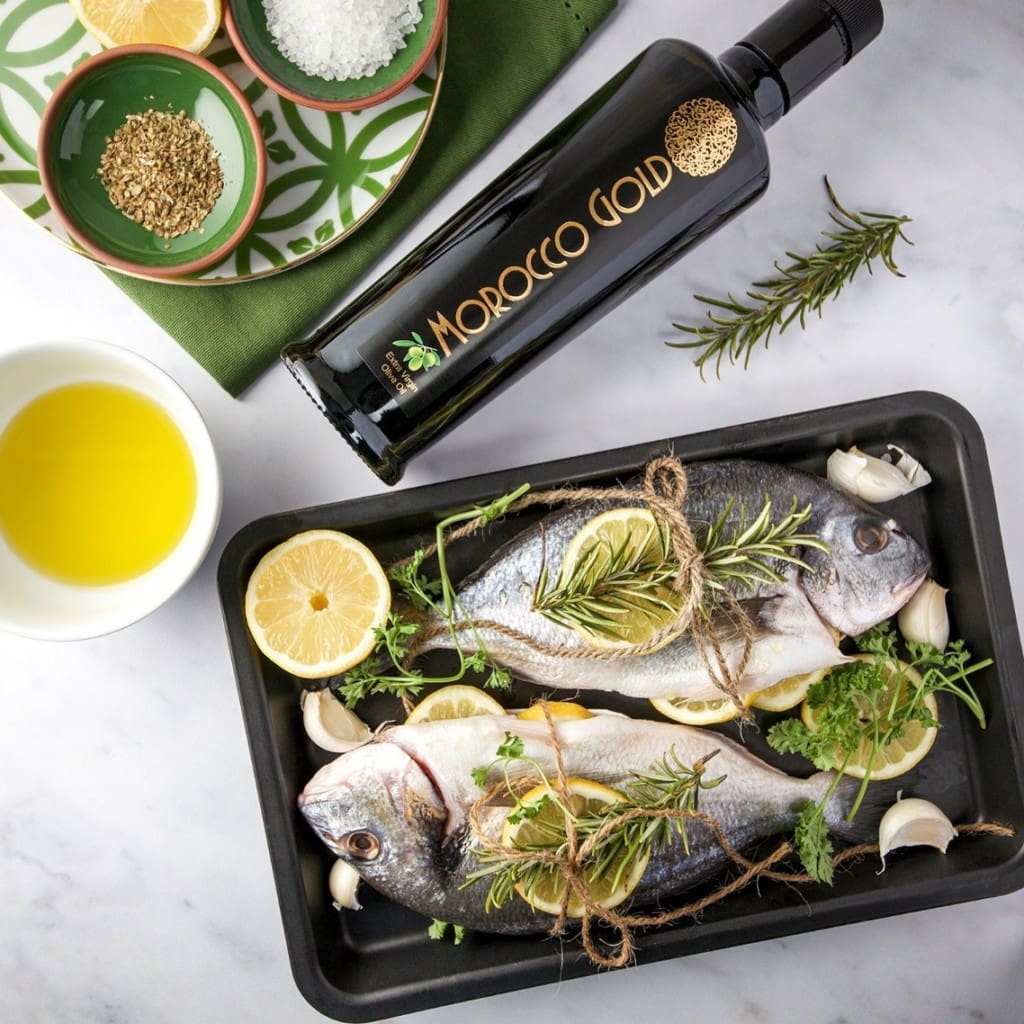Common Olive Oil Mistakes You Might Be Making
Updated December 15th 2023

Summary:
- There are many key things to avoid to get the best taste and longevity from your bottle of extra virgin olive oil.
- Common mistakes made with extra virgin olive oil include buying the wrong type, avoiding cooking with it and storing your extra virgin olive oil near the oven.
- Recent article from Archziner.com outlines some key tips to look after and use your bottle of extra virgin olive oil.
- Extra virgin olive oil is an incredibly versatile product and can be used for skin and hair care as well as in cooking.
Contents:
- The Five Most Common Mistakes Made With Extra Virgin Olive Oil
- Buying Refined Olive Oil
- Not Cooking With Extra Virgin Olive Oil
- Throwing away Olive Oil if it tastes bitter!
- Keeping Extra Virgin Olive Oil near the oven
- Keeping Extra Virgin Olive Oil for too long
- So What More Should We Know About Choosing And Storing Olive Oil?
The Five Biggest Mistakes You Might Be Making With Extra Virgin Olive Oil
At Morocco Gold, we never tire of showing you all the wonderful ways to use extra virgin olive oil for health and taste benefits. But did you know, there are some important things to remember to avoid to enjoy your olive oil at its best?
Here’s a quick reminder of some of the most common mistakes people make with their olive oil and debunk some olive oil myths too!
We stumbled upon this great new reminder from Archziner.com of the most common mistakes people make with olive oil, so here’s a quick summary of their findings:
1/ Buying Refined Olive Oil
The quality of olive oil you choose is something we feel especially strongly about at Morocco Gold. Although you may be drawn to claims on refined types of olive oil that they contain fewer calories and fat. Beware! Many refined olive oils have been stripped of significant amounts of their beneficial qualities.
2/ Not Cooking With Olive Oil
Extra virgin olive oil is an especially popular choice for salads, raw dishes, dressing and sauces. But don’t believe the doubters who claim olive oil is not suitable for cooking. Quality olive oils can be used for cooking at temperatures up to 190 degrees Celsius or 375 degrees Fahrenheit. This gives you the freedom to use olive oil for roasting, baking and sauteing.
3/ Throwing Away Olive Oil If It Tastes Bitter!
The bitter taste which can develop in cold-pressed olive oil is a perfectly normal part of the oxidation process. In fact, it can often be a sign of quality. Morocco Gold extra virgin olive oil is pressed from the prized Picholine Marocaine, the only type of olive used to create Morocco Gold.
High in polyphenols, these olives give Morocco Gold it’s distinctive green fruitiness, hints of sweet almonds, fresh turf and hint of herbs. It has the distinctive ‘pepperiness’ of a fine extra virgin olive oil giving Morocco Gold a clean, well-balanced finish.
4/ Keeping Olive Oil Near The Oven
As Archziner explains, Olive oil should be stored in a dry, well-ventilated place away from heating appliances like microwaves and ovens. Heat and moisture from the oven can damage the olive oil’s qualities and speed up the spoilage process. So, do not leave your olive oil bottle on a windowsill or anywhere near your oven!
Olive oil is best kept in the best condition when stored away from heat, oxygen, light, and age – known as HOLA. These elements can turn your olive oil rancid before you’ve even had a chance to use it.
Always store your oil in an airtight, dark container in a cool area in your kitchen to prevent oxidation and consume it before the expiration date.
5/ Keeping Olive Oil for too long
Although it can be tempted to stock up on your favourite variety of extra virgin olive oil, be sure to match your purchase quantity to your usage. While a quality olive oil is a durable product, it can lose some of its qualities over time. Sitting in the cupboard for long periods can lead to spoilage and loss of flavor and nutrition. This is especially true of extra virgin olive oil, so keep that in mind. Always try to buy as many products as you are going to be able to use.
So What More Should We Know About Choosing And Storing Olive Oil?
We use olive oil as the foundation for nearly every recipe we make. It is one of the most important staples in every pantry.
Research on the Mediterranean diet, which is rich with extra virgin olive oil, has shown that it can help prevent against heart disease, strokes, even Alzheimer’s disease.
However, olive oil is a lot more delicate than you think and does need special care and consideration before you start cooking with it. Here are the essential things you need to know to properly handle, care, and use olive oil to avoid any slip-ups in the kitchen.
Always Check The Label on Extra Virgin Olive Oil
Always read the label on your bottles of expensive olive oil to check for the harvest and expiration date. It’s also worth checking to see if the oil is pure, or if it has been mixed with other ingredients.
Consider purchasing extra virgin olive oil, which is the least processed or refined and is considered the highest quality. Lastly, you should check where the oil was harvested, which can define the flavour profile.
Avoid Choosing Colour Over Taste
There is a common misconception that the greener the colour, the better the quality of the oil, but the colour is not a true indicator of the aroma or flavour. Depending on the olive variety, where it was grown, and the harvesting method, olive oil can range from light yellow to dark green, and vastly differ in taste.
Never Forget How Versatile Olive Oil Is
Olive oil is great for more than just cooking. Pamper your hair, skin, and nails with the naturally moisturising capabilities of olive oil and dab a bit on your hands to replenish dry skin or use on your hair as a hydrating moisture mask.
Why not try using extra virgin olive oil for your hair today!
